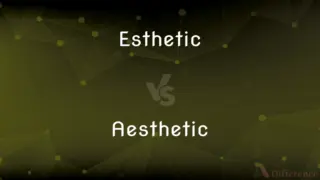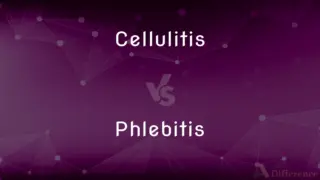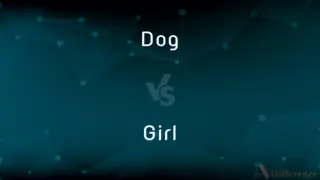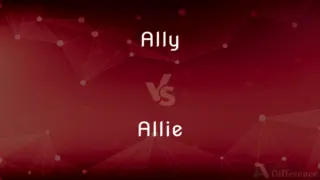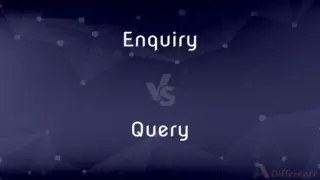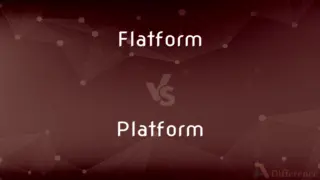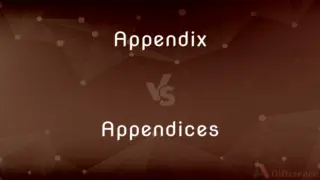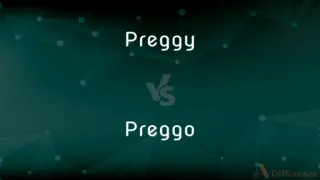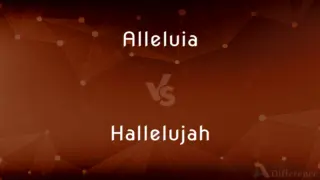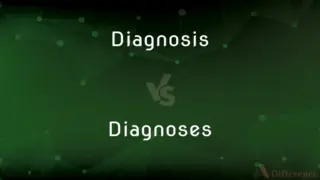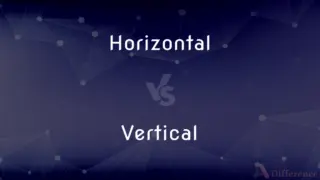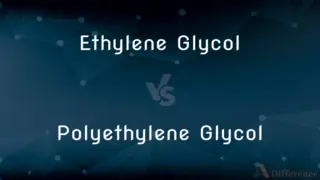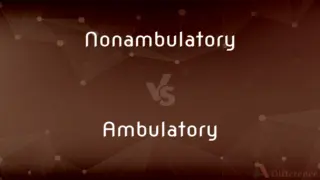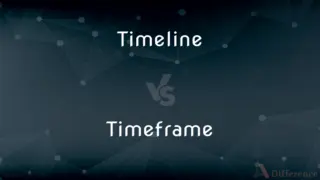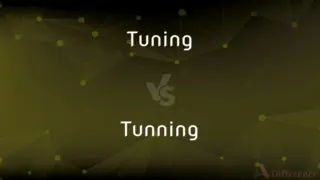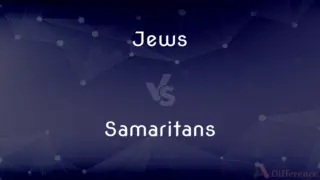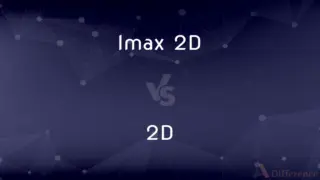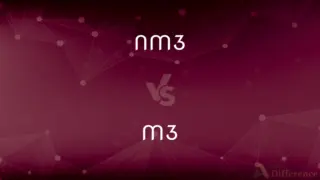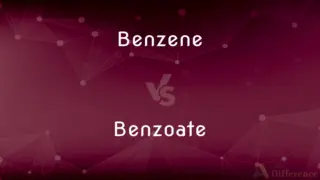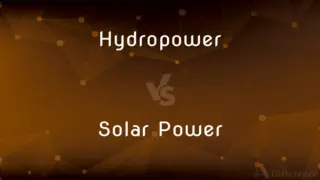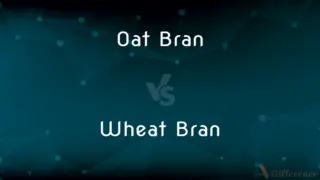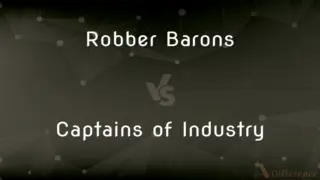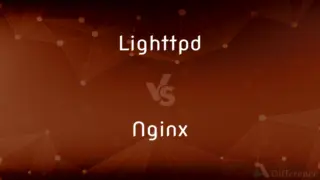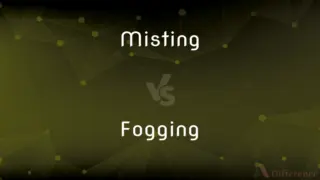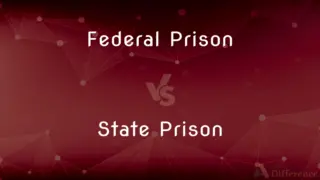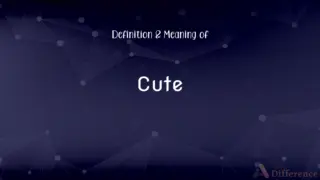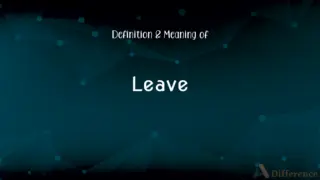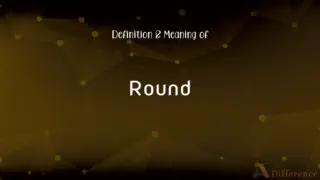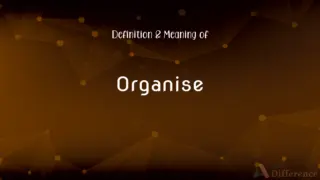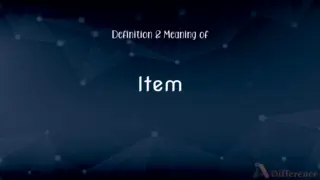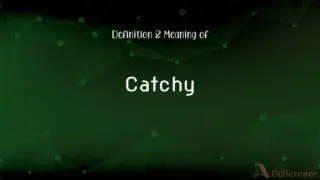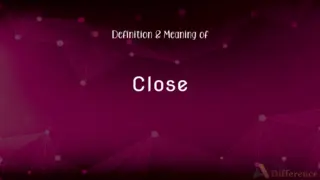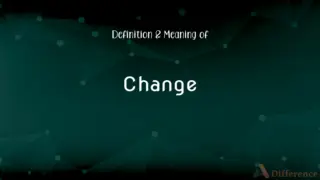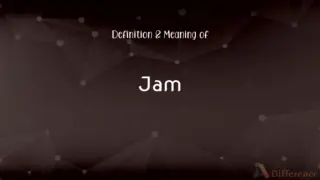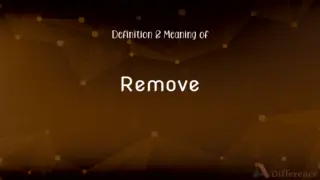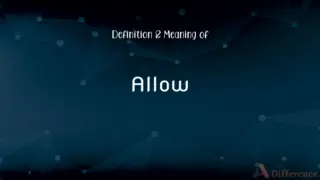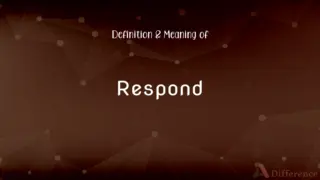OCR vs. MICR — What's the Difference?
By Tayyaba Rehman & Urooj Arif — Published on January 31, 2024
OCR (Optical Character Recognition) digitizes text from images; MICR (Magnetic Ink Character Recognition) verifies bank checks using special ink.
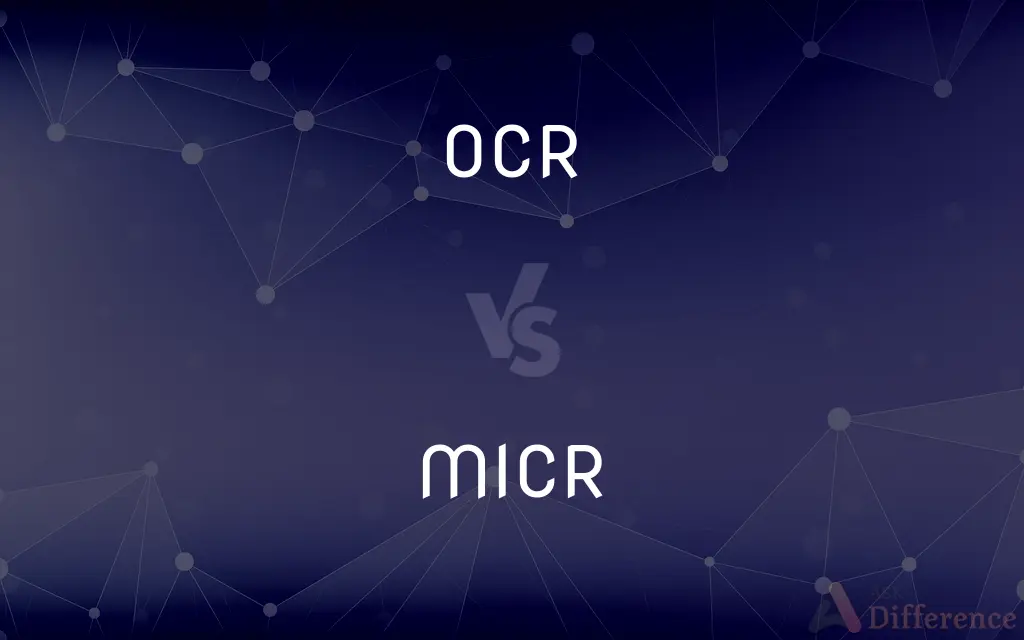
Difference Between OCR and MICR
Table of Contents
ADVERTISEMENT
Key Differences
OCR, or Optical Character Recognition, is a technology used to convert different types of documents, such as scanned paper documents, PDFs, or images captured by a digital camera, into editable and searchable data. MICR, or Magnetic Ink Character Recognition, is a technology used to verify the legitimacy of paper documents, particularly checks. It uses magnetic ink and special characters to facilitate the processing of checks in banking systems.
In OCR technology, the main focus is on recognizing text from images or physical documents and converting it into a digital format. This process involves analyzing the structure of the document, detecting characters, and interpreting them into digital text. MICR, on the other hand, is designed specifically for the banking industry to streamline the processing of checks. It uses magnetic ink and special fonts to allow for easy and secure reading of information printed on checks.
The application of OCR is vast, ranging from digitizing books and automating data entry processes to aiding visually impaired individuals through text-to-speech systems. MICR, however, is predominantly used in the banking sector for the processing and clearance of checks, ensuring secure and efficient transactions.
OCR technology has evolved to recognize a wide array of fonts and handwriting, making it versatile in various fields such as legal, medical, and educational sectors. MICR, in contrast, is limited to recognizing specific fonts and characters printed with magnetic ink, as it is tailored for a specific purpose in the banking and financial industry.
The accuracy of OCR can vary based on the quality of the source material and the sophistication of the software, whereas MICR offers high accuracy due to its specialized nature and the use of magnetic ink, which reduces the chances of fraud and errors in financial documents like checks.
ADVERTISEMENT
Comparison Chart
Full Form
Optical Character Recognition
Magnetic Ink Character Recognition
Primary Use
Digitizing text from images and documents
Verifying and processing bank checks
Technology Focus
Text recognition and conversion
Security and efficiency in banking transactions
Industry Application
Broad (education, legal, healthcare, etc.)
Primarily banking and finance
Dependence on Special Materials
Not required
Requires magnetic ink and special characters
Compare with Definitions
OCR
A system for converting scanned documents into editable text files.
They used OCR to convert old letters into editable documents.
MICR
Specialized print technology for encoding information on checks and vouchers.
MICR codes at the bottom of checks facilitate faster processing.
OCR
A digital tool for extracting text from scanned documents or photos.
OCR made it possible to search for keywords in scanned newspaper pages.
MICR
A method of printing using magnetic ink for secure document processing.
MICR ensured the authenticity of the bank draft.
OCR
An automated method to read and convert printed text to digital form.
OCR saved hours of manual data entry by digitizing forms.
MICR
A technology used by banks to read information from checks.
The bank's MICR system quickly processed the check's routing number.
OCR
Software that recognizes and interprets printed or handwritten text from images.
With OCR, scanning and editing the printed report became effortless.
MICR
A form of magnetic printing used primarily in banking.
The teller verified the check's authenticity using MICR.
OCR
A technology that converts different types of written text into machine-encoded text.
The library used OCR to digitize their ancient manuscripts.
MICR
A banking technology for efficient and secure check validation.
MICR drastically reduced errors in check processing at the bank.
Common Curiosities
How does OCR work?
OCR works by scanning text from images and converting it into editable digital text.
Can OCR recognize handwriting?
Advanced OCR systems can recognize handwriting, but accuracy varies.
Is OCR used in mobile apps?
Yes, OCR is used in mobile apps for tasks like translating text from images.
Can MICR read normal printed text?
MICR is specifically designed to read text printed with magnetic ink.
How does MICR improve check processing?
MICR speeds up check processing and reduces errors and fraud.
Can OCR convert images to text?
Yes, OCR can convert text within images to editable digital format.
Why is magnetic ink used in MICR?
Magnetic ink in MICR enhances security and allows for easy reading by special scanners.
What does OCR stand for?
OCR stands for Optical Character Recognition.
Can OCR read any font?
OCR can read most printed fonts, but effectiveness decreases with unusual or stylized fonts.
Is MICR only used in banking?
MICR is primarily used in banking, especially for check processing.
What does MICR stand for?
MICR stands for Magnetic Ink Character Recognition.
What are the limitations of OCR?
OCR's accuracy can be affected by poor image quality and complex layouts.
Can OCR and MICR work together?
Yes, OCR and MICR can be used together in document processing, particularly in banking.
How secure is MICR technology?
MICR is highly secure due to the use of magnetic ink and specialized fonts.
Do all banks use MICR?
Most banks use MICR for check processing due to its efficiency and security.
Share Your Discovery

Previous Comparison
Kelly vs. Birkin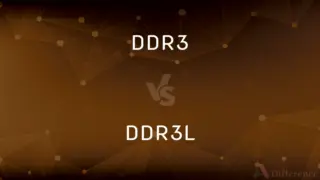
Next Comparison
DDR3 vs. DDR3LAuthor Spotlight
Written by
Tayyaba RehmanTayyaba Rehman is a distinguished writer, currently serving as a primary contributor to askdifference.com. As a researcher in semantics and etymology, Tayyaba's passion for the complexity of languages and their distinctions has found a perfect home on the platform. Tayyaba delves into the intricacies of language, distinguishing between commonly confused words and phrases, thereby providing clarity for readers worldwide.
Co-written by
Urooj ArifUrooj is a skilled content writer at Ask Difference, known for her exceptional ability to simplify complex topics into engaging and informative content. With a passion for research and a flair for clear, concise writing, she consistently delivers articles that resonate with our diverse audience.

